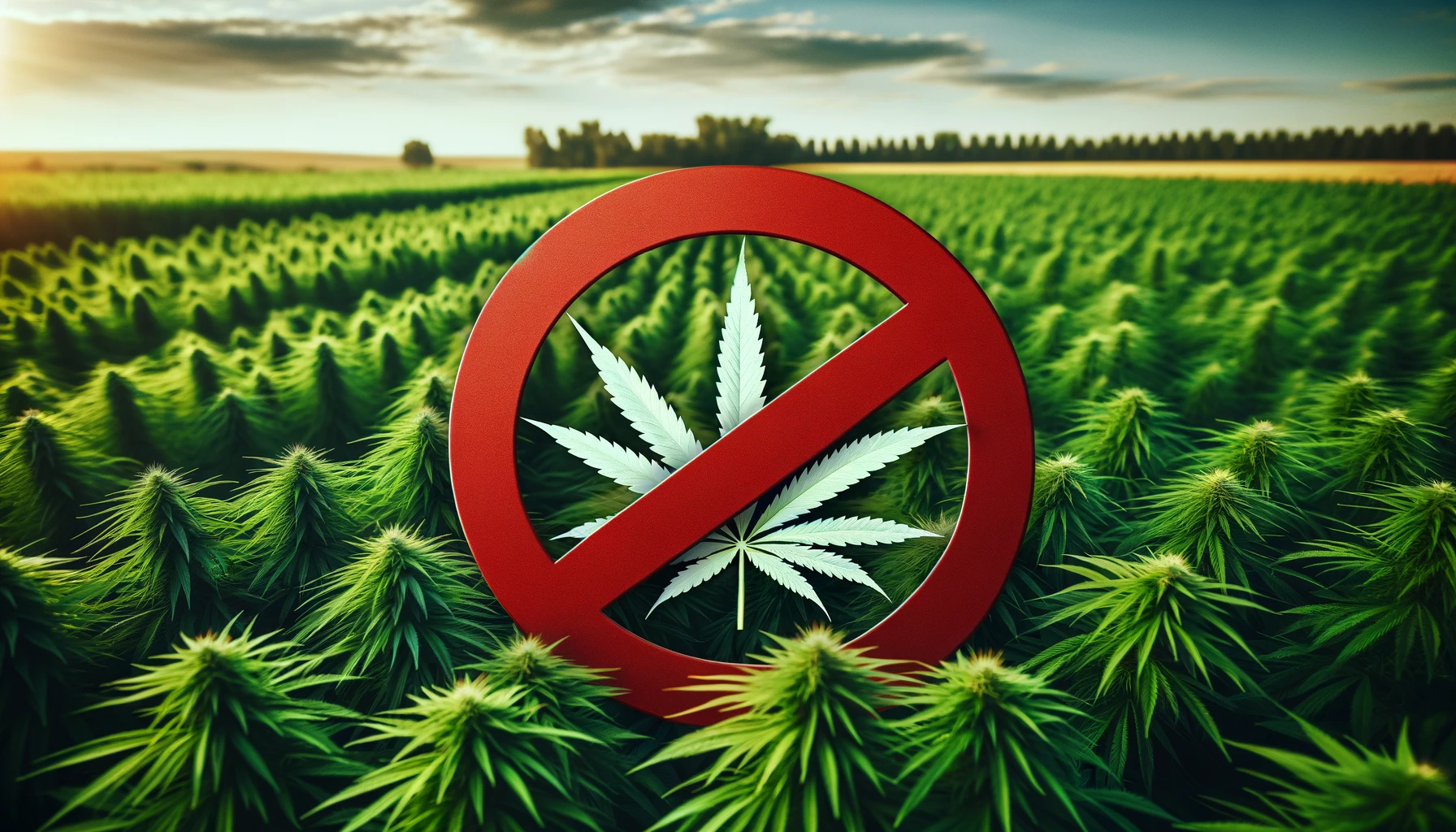This November, both Florida and North Dakota voters rejected measures to legalize recreational cannabis, dealing a blow to the broader U.S. legalization movement. Florida’s Amendment 3 and North Dakota’s Measure 5 sought to expand cannabis access beyond medical use, but both states saw these initiatives fall short at the polls.
Here’s a look at what happened, the reasons behind the failures, and what’s next in the fight for cannabis legalization.

Florida’s Amendment 3: Close, But Not Enough
What Was at Stake?
Amendment 3 would have allowed Floridians over 21 to purchase and possess cannabis for recreational use. Backed by the state’s existing network of medical dispensaries, this initiative was seen as a step forward for a state with a thriving medical cannabis market. However, like other constitutional amendments in Florida, Amendment 3 required a 60% supermajority to pass.
The Outcome
Amendment 3 gained 56% of the vote—a majority, but just short of the supermajority thresholdBallotpedia News.
This narrow miss is a familiar frustration in Florida, where a similar pattern played out for previous marijuana-related initiatives. Advocates have struggled to meet this high bar, even as public support grows each year.
What Stood in the Way?
The initiative faced significant opposition, notably from Governor Ron DeSantis and conservative groups, who raised concerns about public health, crime, and potential regulatory issues. Opponents argued that a shift to recreational cannabis would open the door to broader drug use, increase youth access, and strain law enforcement.
Despite these arguments, a majority of Florida voters supported the measure, reflecting a changing public opinion that legalization advocates hope to build on in future elections.
North Dakota’s Measure 5: Facing the Same Hurdles
What Was on the Ballot?
North Dakota’s Measure 5 proposed a limited adult-use cannabis market, allowing residents to purchase and possess small amounts of marijuana. The measure also included provisions for home cultivation, permitting individuals to grow up to three plants per household. North Dakota has rejected similar measures in recent years, with attempts failing in both 2018 and 2022.
The Result
Measure 5 failed to pass, with 53% of voters opposing it MJBizDaily.
Like Florida, North Dakota’s conservative base posed a significant barrier, and despite growing support, advocates faced an uphill battle. Opposition from law enforcement and other local officials emphasized concerns over public safety, impaired driving, and potential impacts on mental health.
Why Did It Fail?
Much like in Florida, opponents raised concerns over the potential societal impacts of legal cannabis, underscoring fears around crime, addiction, and the strain on public resources. Additionally, the state’s rural and conservative demographic has traditionally been less open to cannabis legalization compared to more urbanized states. These factors combined to block Measure 5, even as neighboring states move toward full legalization.

What’s Next for Cannabis Legalization in Florida and North Dakota?
While the losses in Florida and North Dakota are setbacks, cannabis reform advocates remain optimistic. Each election shows growing public support, and with states like Minnesota and Missouri having recently passed recreational cannabis measures, advocates hope these examples will eventually influence voters in more conservative states.
1. Continuing the Fight in Florida
Advocates in Florida are already planning their next moves. With each election cycle, public support for cannabis has inched closer to the 60% supermajority. The groundwork is being laid for a new initiative in the coming years, and with more public education campaigns, advocates hope to overcome the threshold next time. A key focus will likely be on informing voters about the economic benefits observed in legal states—job creation, tax revenue, and a decrease in the illicit market.
2. Building Support in North Dakota
North Dakota’s cannabis advocates face a unique challenge, as public sentiment around cannabis remains conservative. The state’s voting pattern suggests that more time may be needed for views to shift in favor of legalization. Advocates plan to continue grassroots outreach, providing education on the potential benefits of a regulated market. Some predict that another ballot measure could arise in future elections if the momentum continues to build and if they can better address voters’ concerns.
The Bigger Picture: A Changing Landscape for Cannabis in the U.S.
These losses come at a time when cannabis is steadily gaining ground across the nation. The latest Gallup poll shows that 68% of Americans support legalizing marijuana, reflecting a stark shift from attitudes just a decade ago. Additionally, with recent wins in states like Ohio and Missouri, advocates in Florida, North Dakota, and other states see the potential for future successes as public opinion continues to evolve.
Despite setbacks, the path forward for cannabis legalization remains strong. Every campaign builds awareness, shifts perceptions, and lays the foundation for future victories. While Florida and North Dakota voters weren’t ready to embrace recreational cannabis this time, the efforts continue—and legalization advocates are confident that it’s only a matter of time.
Looking for reliable cannabis resources? Check out our sponsors selection of safe and tested products to support your cannabis journey responsibly!



